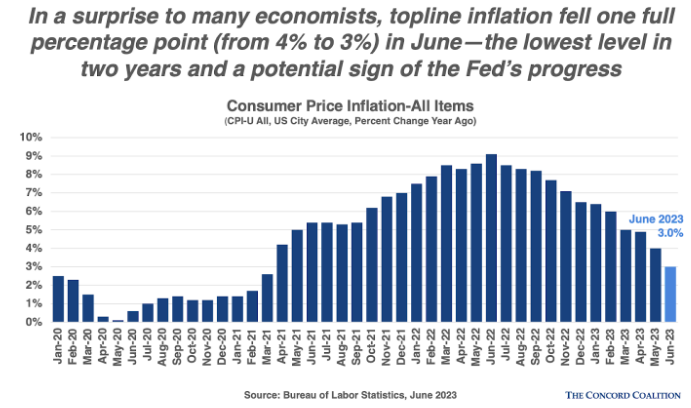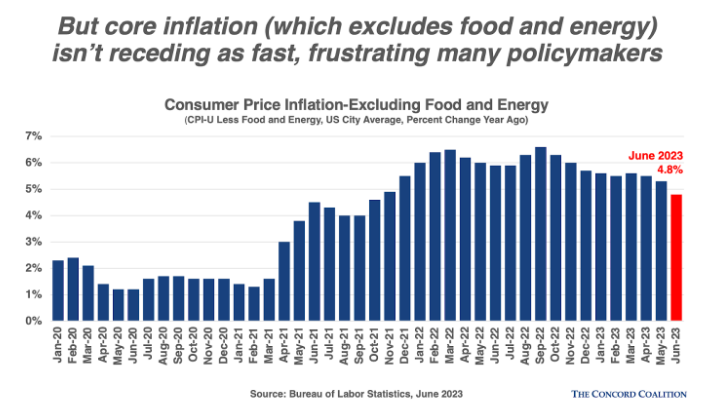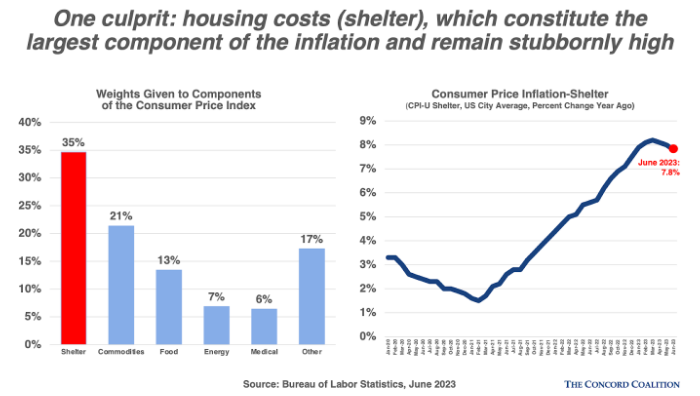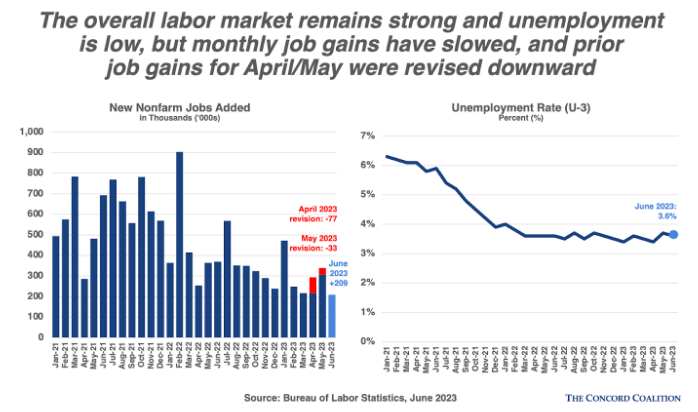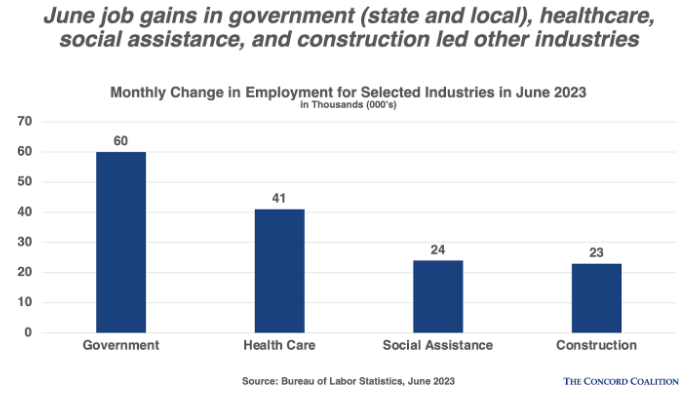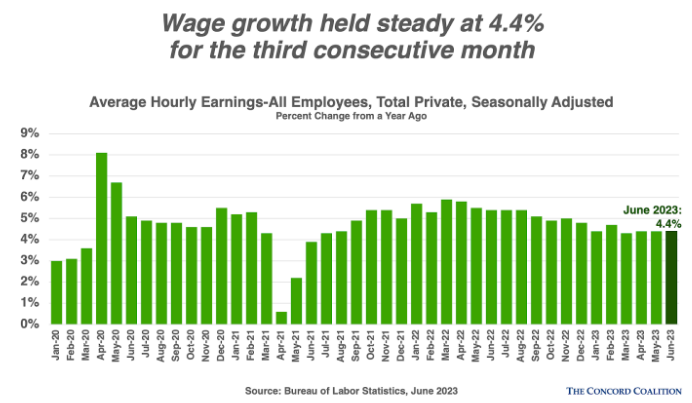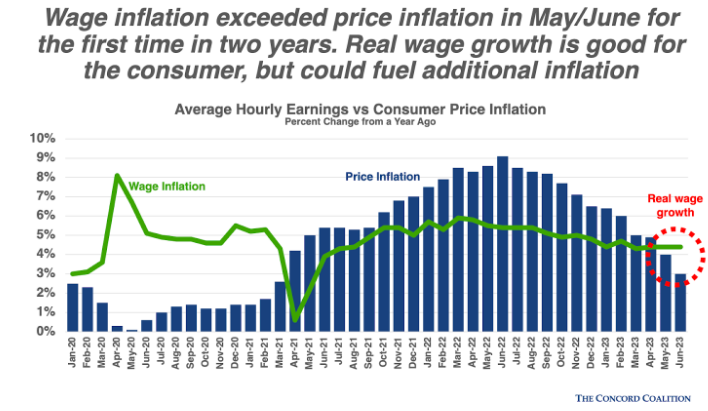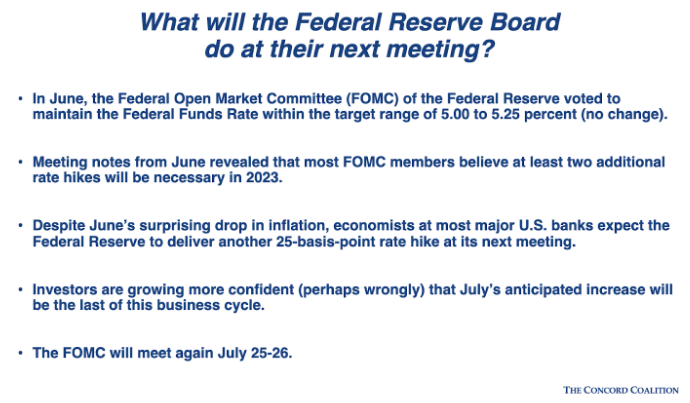Rising interest rates have an impact on the federal budget as well as household budgets. With $32.5 trillion in outstanding national debt, net interest costs are now the fastest growing category of federal spending. When interest rates rise, so too does the burden of servicing the national debt.
The key arbiter of interest rates in the U.S. is the Federal Reserve’s Open Market Committee (FOMC). The FOMC conducts monetary policy with two competing goals in mind: to maximize employment while maintaining an inflation target of 2 percent. When inflation accelerates beyond the target range, the Fed’s primary tool to calm a heated economy is to raise interest rates (technically, the Federal Funds Rate). The FOMC has raised interest rates 10 times since March 2022.
The FOMC typically meets 8 times each year to assess current economic conditions, discuss predictions about the future, and set interest rate policy. Now that even minor changes in interest rates can have a significant impact on the outlook for federal fiscal policy, budget analysts carefully parse employment and inflation data for clues that the Federal Reserve is nearing its final rate hike for this business cycle.
What is the Fed likely to do at their next meeting? The following charts present a snapshot of key economic data released in July that will help shape the Fed’s next decision on interest rates.
